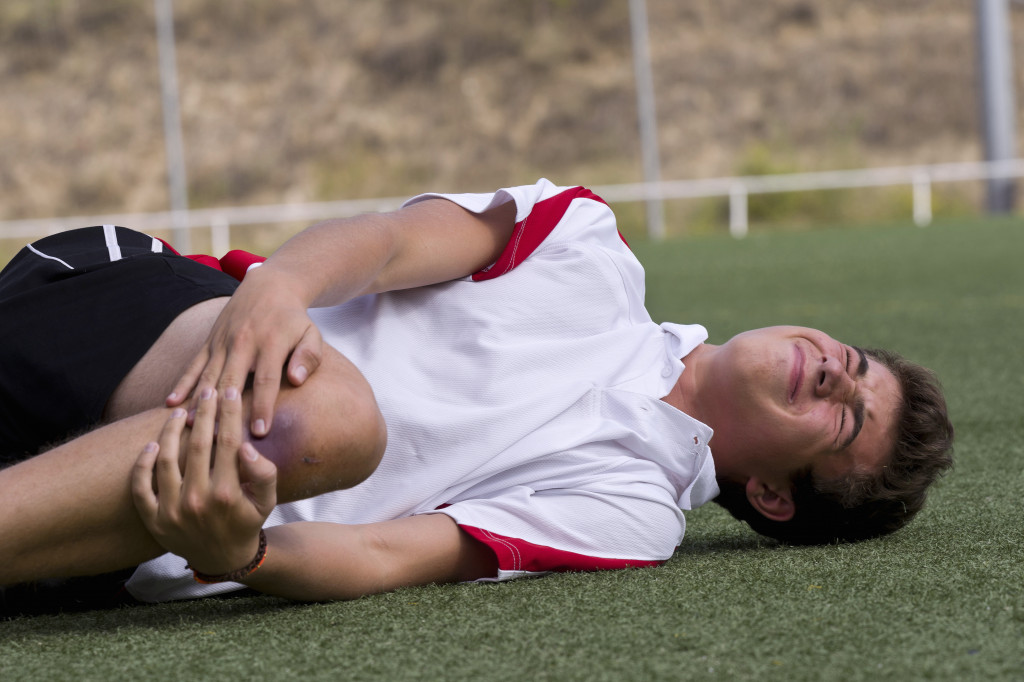The list of health benefits of running is long. It increases your endurance, helps maintain a healthy weight, builds strong bones and muscles, and calms the mind. It’s no surprise that 50 million Americans or about 15% of the U.S. population run or jog.
However, runners also face a risk for injuries. In fact, about one-fourth of novice runners end up injured. If you’re injured, you may need to take a break from running, visit your orthopedic or chiropractic clinic, and do home treatment methods. Some severe cases even require surgery.
It pays to know what you’re up against. Here are the most common injuries that new runners sustain, as well as ways to prevent them:
Runner’s Knee
Also known as the patellofemoral syndrome, runner’s knee is a dull ache below the kneecap that a person feels when they are running. The pain is sharper when you climb uphill, walk down the stairs, or move from a sitting position to standing. This is the most common injury among new runners.
Runner’s knee is an overuse injury. When the cartilage under the kneecap and the cartilage on the thigh bone rub together for a prolonged period, the person experiences pain. The stakes are even higher if the person has weak hips. Weakness in the hips causes the thigh bone to lose stability and move under the kneecap, which exacerbates the grinding.
In many cases, new runners who feel the pain from runner’s knee choose to ignore it and complete their run. This isn’t a good idea because runner’s knee could get worse. In fact, if not properly managed, it may progress to a more severe condition that requires surgery.
Prevent runner’s knee by:
- Stretching and warming up. Warming the leg muscles enables you to stretch them further and prevents injuries.
- Staying hydrated. Your body needs water for optimal performance. So drink lots of water before you start running and drink more when you get home.
- Icing the knees. If your knees are sore after a run, take a break from running. Ice the knee for 5-10 minutes.
Ankle Sprain
An ankle sprain is caused by overstretching the ligaments between the legs and ankle. Ligaments are the tough bands of fibrous tissue that connect two bones in the joints. A new runner could sustain a sprain if they run on an uneven surface and land awkwardly, overstretching or even tearing the ligament.
People with an ankle sprain feel pain and observe swelling and bruising around the ankle. The pain also limits their mobility.
To prevent ankle sprains:
- Stretch and warm up. Just like with runner’s knees, stretching the muscles allow the ligaments to be more flexible, which decreases the risk of injuries.
- Wear the right shoes. Choose running shoes to provide your feet with adequate support.
- Choose the right track. As much as possible, avoid uneven running tracks to prevent tripping and slipping, which may lead to sprains.

Achilles Tendonitis
Achilles tendonitis is the inflammation of the Achilles tendon, which connects the calf muscle to the heel. It commonly causes pain in the lower leg above the heel and swelling along the tendon. In severe cases, the Achilles tendon is torn and requires surgical intervention.
To prevent Achilles tendonitis:
- Wear the right shoes. Running shoes offer the right support for your feet.
- Stretch before running. Stretching allows the Achilles tendon to be more flexible and avoid overstretching during the run.
Shin Splints
Also known as medial tibial stress syndrome, shin splints cause pain in the front or inner parts of the lower legs.
The muscle that attaches to the back of the shin bone and wraps around the ankle bones controls the foot when it moves. This muscle also helps propel the person forward when they are running. When people increase their running volume too quickly, they overuse this muscle, and the connective tissues that attach to this muscle sustain trauma. As a result, the tissues break down and become inflamed, which then causes pain.
The good news is that shin splints are not serious and recede after rest. However, if not managed properly, shin splints may develop into more severe fractures.
To prevent shin splints:
- Increase running volume gradually. Avoid sudden increases in your running activities. Don’t run too much, too quickly. The muscles are better off with a gradual increase in running volume.
- Exercise on softer surfaces. If you run on hard surfaces, like concrete, the bones and muscles absorb a larger amount of shock. In contrast, running on softer surfaces, like grass, dirt, fields, and synthetic tracks prevents your legs from absorbing too much force.
- Maintain a healthy body weight. The higher the body weight, the greater the stress on your legs and feet.
As you can observe, the prevention methods for the injuries are almost similar. When you wear the right shoes, choose the right track, stretch, warm up, and gradually increase your running volume, you have a significantly lower chance of sustaining injuries.






